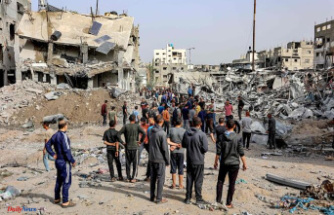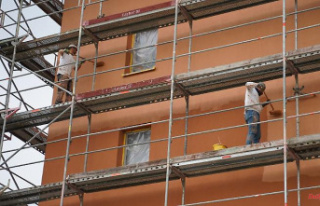Stuttgart (dpa / lsw) - The FDP parliamentary group in the state parliament calls for more speed in the plans for the expansion of the Gäubahn. A round table with all those involved must be set up quickly, said MP Hans Dieter Scheerer on Wednesday in Stuttgart. The previous individual interests are to be brought together. There is an enormous number of interest groups on the train connection between Stuttgart and Zurich - from the state government, Deutsche Bahn, the region and the city of Stuttgart to individual citizens' associations in the municipalities concerned.
"Those involved get lost in their own ideological ideas and demands," said Scheerer, spokesman for local public transport for the FDP parliamentary group. In addition, the planning for the Pfaffensteig tunnel between Stuttgart-Vaihingen and the airport must be pushed ahead quickly. All possibilities should be used in order to accelerate rail traffic.
The interruption of the connection of the Gäubahn to the new underground station in the state capital must be as short as possible, stressed Scheerer. The underground station is scheduled to open in December 2025. The work on the Gäubahn will take several years.
In the course of the Stuttgart 21 railway project, the project partners had agreed on the first steps for the construction of the Pfaffensteig tunnel. The eleven-kilometre-long tunnel would lead the Gäubahn coming from Lake Constance underground under the Filder mountains and end at the airport in the long-distance train station still to be built. From there, passengers will one day continue to Stuttgart's new underground station, Stuttgart 21. Previously, trains from Horb were supposed to be routed to the airport via the S-Bahn tracks, but there would have been hardly any space for S-Bahn trains and regional and long-distance traffic.












